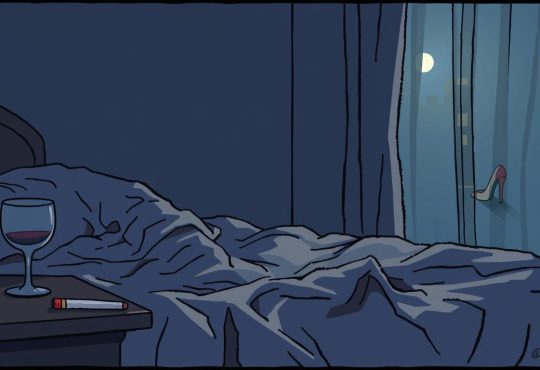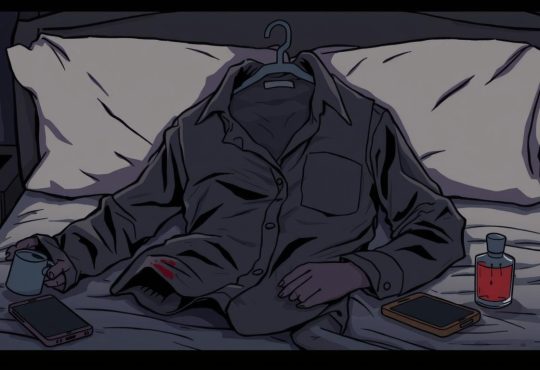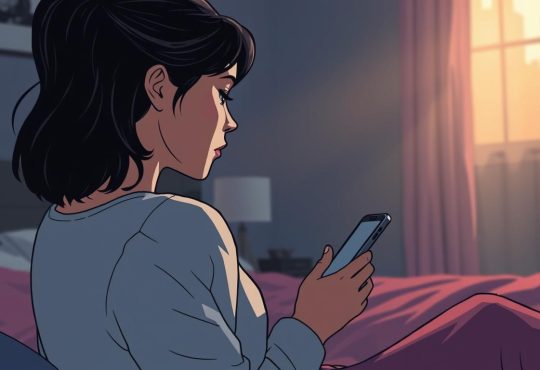
Have you ever wondered why your feelings of sexual attraction seem to shift over time? Many individuals experience moments when their desire for a connection with others feels unclear or absent. This can lead to questions about identity and sexual orientation.
Sexual attraction is a complex part of human experience. It can vary greatly from person to person. For some, it may feel strong and consistent. For others, it might ebb and flow, influenced by emotions, relationships, or life circumstances.
Understanding these feelings is a journey. Terms like asexuality or gray-asexuality describe a spectrum of experiences. They highlight how attraction can differ for each individual. Exploring these concepts can help clarify your own identity and provide answers to your questions.
Remember, you’re not alone in this. Many people share similar experiences. By being open and curious, you can find clarity and embrace your unique way of connecting with others.
On this Page:
Exploring Sexual and Romantic Attraction
Attraction is a multifaceted experience that varies from person to person. It can manifest in different ways, shaping how we connect with others. Understanding the nuances of attraction helps us navigate our feelings and relationships more effectively.
Understanding the Definitions of Attraction
Sexual attraction refers to a physical desire for someone. It’s often tied to the idea of intimacy and can be influenced by factors like appearance or chemistry. On the other hand, romantic attraction focuses on emotional connection. It’s about wanting to form a deep bond with a partner, often beyond physical aspects.
These two forms of attraction don’t always align. Some people feel strong sexual attraction without a romantic connection. Others experience romantic attraction without a physical desire. Recognizing these differences can help clarify your own feelings and identity.
Differentiating Between Sexual and Romantic Desires
Sexual and romantic desires can exist independently or together. For example, you might feel a strong emotional connection to a partner but lack physical attraction. Conversely, you could experience physical desire without wanting a romantic relationship.
This distinction is important in understanding your sexual orientation and relationship dynamics. Terms like “sexual orientation” and “romantic attraction” help articulate these experiences. They provide a framework for exploring how you connect with others.
Remember, attraction is personal and unique. There’s no right or wrong way to feel. By reflecting on your desires, you can better understand your needs and build fulfilling relationships.
The way we experience attraction is as unique as our fingerprints, with no two journeys alike. For some, attraction feels clear and consistent. For others, it’s more fluid, shifting over time or varying in intensity. This spectrum of experiences includes identities like graysexuality and aromanticism, which help describe the nuances of attraction.
Graysexuality and Aromanticism Explained
Graysexuality refers to individuals who experience sexual attraction occasionally or under specific circumstances. It’s a term that falls within the asexual spectrum, acknowledging that attraction isn’t always constant. Similarly, aromanticism describes a lack of romantic attraction, where emotional bonds may not align with traditional relationship expectations.
These identities highlight the diversity of human connection. They remind us that attraction exists on a spectrum, and there’s no single “right” way to feel. By understanding these terms, you can better articulate your own experiences and find clarity in your identity.
Fluctuations in Attraction Over Time
Attraction isn’t static; it can change based on emotions, life circumstances, or relationships. For example, you might feel a strong connection to a partner at one point, only to notice a shift later. This fluctuation is normal and doesn’t invalidate your feelings or identity.
Factors like stress, mental health, or personal growth can influence how you experience attraction. Recognizing these changes can help you navigate your relationships with greater understanding and compassion.
Reflecting on Personal Experiences and Identity
Exploring your feelings of attraction is a deeply personal journey. It’s okay if your experiences don’t fit neatly into traditional labels. What matters is understanding what feels right for you and embracing the ambiguity of your journey.
Take time to reflect on your desires, relationships, and identity. Seek support from communities or resources that validate your experiences. Remember, your feelings are valid, and there’s no rush to define them. By being open and curious, you can find clarity and build connections that resonate with your true self.
Factors Affecting Sexual Desire and Health
Our sexual desire can be influenced by a variety of factors, both physical and emotional. Understanding these influences helps us navigate changes in our attraction and relationships. Let’s explore how health conditions, medications, and emotional well-being play a role in shaping our experiences.
The Impact of Health Conditions and Medications
Physical health plays a significant role in sexual desire. Conditions like hormonal imbalances, heart disease, or chronic illnesses can lower libido. For example, studies show that 30% of individuals with chronic illnesses report decreased sexual desire.
Medications can also affect sexual function. Antidepressants and chemotherapy drugs are known to reduce arousal. Up to 70% of people on certain antidepressants experience sexual side effects. If you notice changes in your desire after starting a new medication, it’s worth discussing with your healthcare provider.
Emotional Well-Being and External Influences
Emotional health is equally important. Stress, anxiety, and depression can diminish sexual desire. Research indicates that 50% of individuals with depression report a significant drop in libido. Chronic stress can also disrupt your ability to connect physically with a partner.
External factors, like life changes or trauma, can shift your attraction levels. Around 60% of people undergoing major life changes report fluctuations in their sexual health. Recognizing these influences can help you address them and maintain a healthy relationship with your desires.
Remember, fluctuations in sexual desire are normal. By understanding the factors at play, you can take steps to improve your overall well-being and strengthen your connections with others.
Conclusion
Exploring your feelings of attraction is a deeply personal journey. It’s okay if your experiences don’t align with traditional labels. What matters most is understanding what feels right for you.
We’ve discussed how attraction can vary greatly from person to person. Some individuals experience strong connections, while others find their feelings more fluid. Both are valid and part of the human experience.
Remember, there’s no one correct way to feel or connect with others. Your orientation and desires are unique to you. If you ever feel confused or isolated, seeking support from professionals or community resources can be incredibly helpful.
Thank you for engaging with this article. We encourage you to continue reflecting on your feelings and sharing your experiences with trusted communities. Your journey is important, and you’re not alone.










